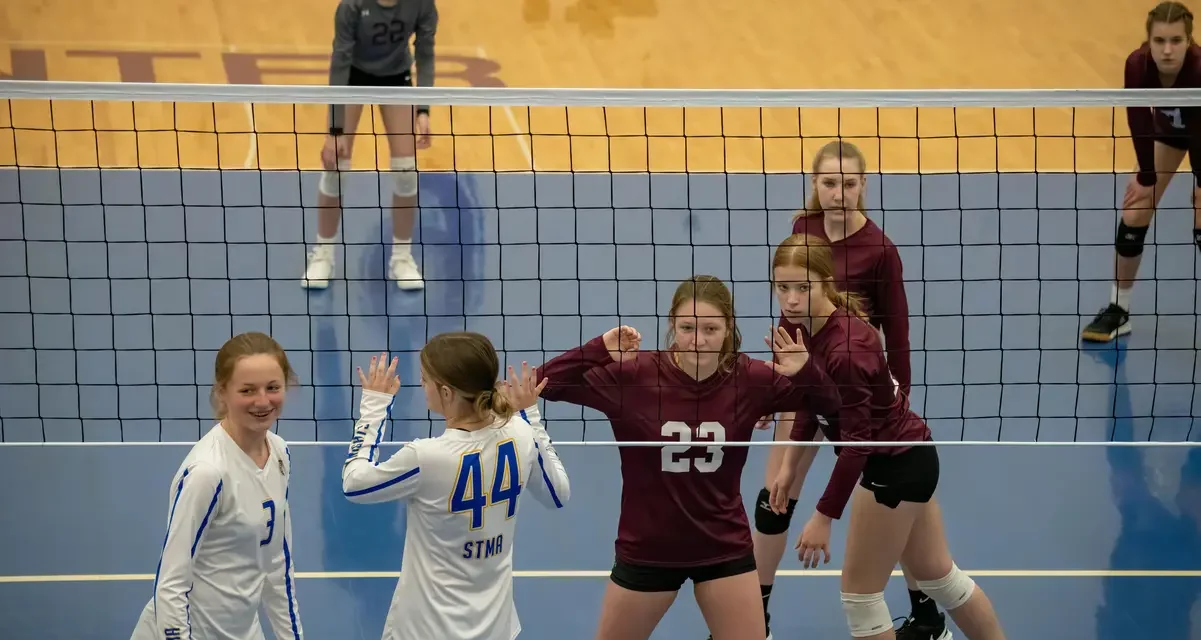The relationship between sports activities and school performance has been the subject of numerous studies and debates over the years. While some argue that dedication to sport can distract students from their academic studies, others argue that participation in physical activities can have a positive impact on various areas of their academic performance and overall well-being.
Since there is a lot of debate in this area, throughout this post we will explain how sports activities can influence school performance and how to find a healthy balance between sports and school.
We will talk about the physical benefits of sport for children, and we will end with some references to studies that show the positive impact of physical activity on school performance.
¿Qué encontrarás aquí?
Physical benefits of sports for children
Participation in sports activities during childhood offers a wide range of physical benefits that contribute to the overall development and well-being of children.

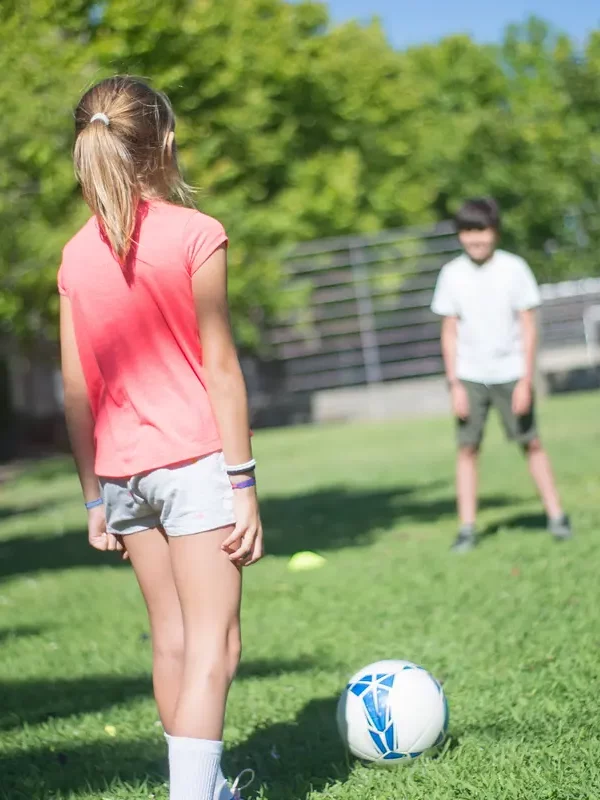
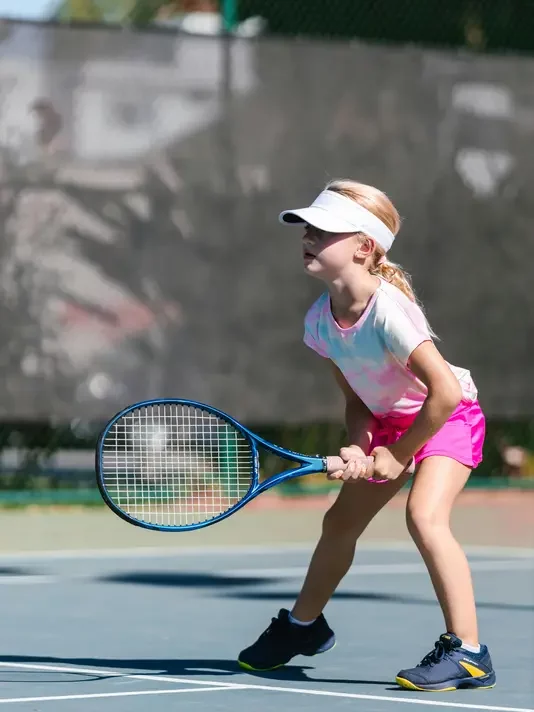
These benefits go beyond simply staying in shape and can have a positive impact on long-term health. Here’s what they are:
Improved cardiovascular health
Sport increases heart rate and improves blood circulation, which strengthens the heart and lungs. This reduces the risk of cardiovascular disease and promotes the health of the cardiovascular system in general.
Coordination and dexterity development
Participating in sports helps develop fundamental motor skills, such as running, jumping, throwing and catching. These skills are crucial to children’s physical development and motor coordination, and lay the foundation for participation in a wide variety of physical activities throughout life.
Promotes healthy habits
Regular physical activity helps to have an active metabolism. This is especially important to take care of our habits. An active life translates into an improvement in general health. Physical activity should be part of our daily lives, whether we are children, young people, adults or the elderly.
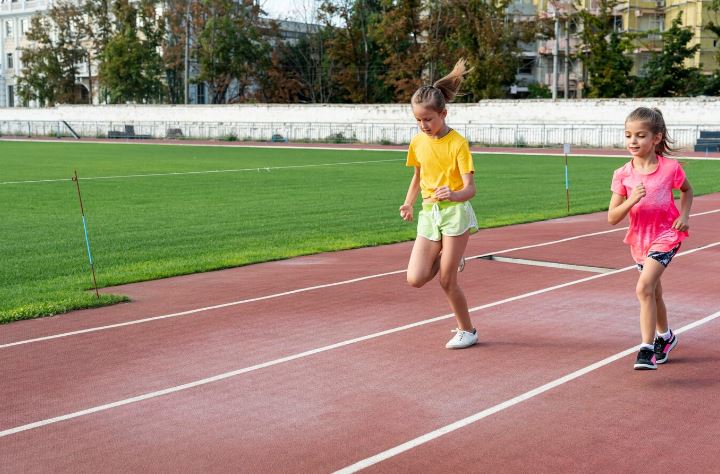
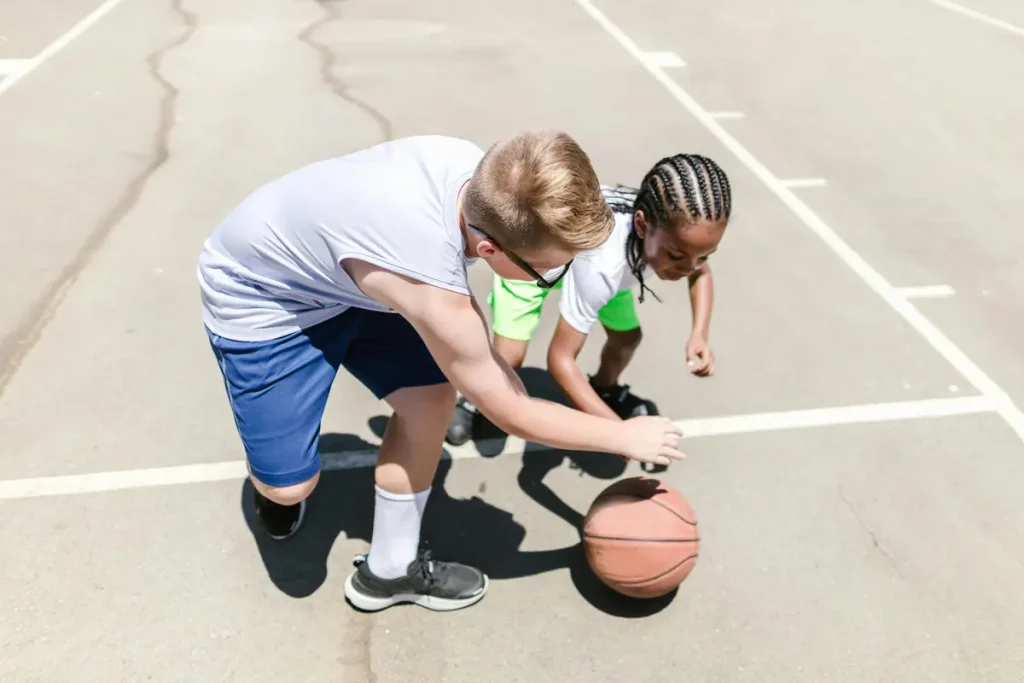
Emotional benefits of sport for children
In addition to the physical benefits, participation in sports activities also has a significant impact on children’s emotional and mental well-being.
Improves mood
Sport can improve a child’s mood by triggering the release of endorphins, reducing stress and anxiety, increasing self-esteem and self-confidence, promoting positive social interaction and improving sleep quality.
Encouraging participation in sports activities can be an effective strategy to promote their emotional well-being and happiness.
Stress reduction
Another significant benefit of sports activities is their ability to reduce stress and anxiety. Physical exercise releases endorphins, neurotransmitters that act as natural painkillers and improve mood.
Participating in sports provides students with a healthy outlet for pent-up stress, which can help them better combat academic pressure and maintain a balanced mental state.
Development of social skills
Sports activities also provide opportunities to develop important social and emotional skills, such as teamwork, effective communication and leadership.
Students who participate in sports learn to collaborate with others, resolve conflicts and establish meaningful relationships with their teammates.
These skills are transferable to the school environment and can enhance their ability to work collaboratively on academic projects and extracurricular activities.

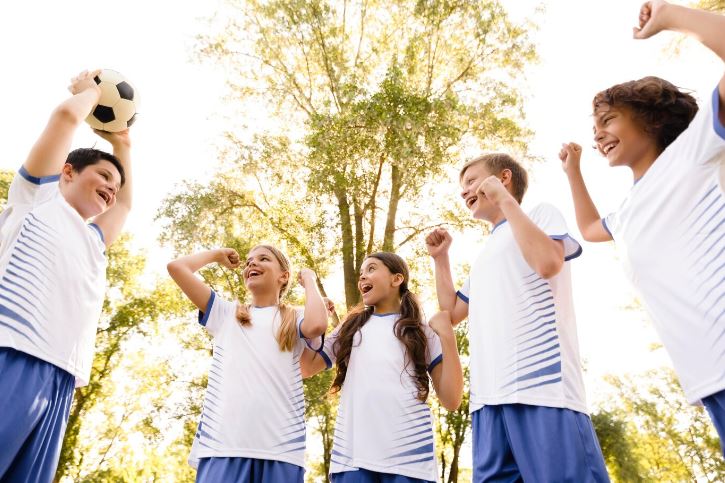
Increased confidence and self-esteem
Participating in sports gives children the opportunity to develop skills and achieve goals, which builds their self-confidence and strengthens their self-esteem.
Recognition of their achievements on the field or track gives them a sense of pride and satisfaction, which contributes to a positive self-image.
Impact of sport on school performance
Sport can have a significant impact on the school performance of children and adolescents. In addition, many studies have shown a positive relationship between participation in sports activities and academic success.
Improves concentration and attention
Participation in sports activities can help improve students’ ability to concentrate and focus.
Regular physical exercise increases blood flow to the brain, improving cognitive function and attention span, which can translate into better performance in the classroom.
Enhances study habits and discipline
Practicing sports requires discipline, commitment and time management, skills that are also fundamental to academic success.
Students who participate in sports activities learn to prioritize their responsibilities, set goals and manage their time effectively, which can lead to greater efficiency in their studies.
Reduces absenteeism
Participation in sports activities can play an important role in reducing truancy by fostering engagement and motivation, creating a sense of belonging, focusing on academic success, promoting healthy habits, and reducing stress.
Encouraging participation in sports can be an effective strategy for improving school attendance and academic engagement.
Improved academic performance
Playing sports can improve a child’s academic performance by improving focus and concentration, developing time management skills, reducing stress and anxiety, promoting healthy lifestyle habits, and fostering social and emotional skills that are critical to academic success and overall well-being.
Therefore, we can safely say that sports activities can have a significant impact on school performance by promoting healthy habits, improving cognitive functioning, reducing stress and anxiety, and fostering the development of social and emotional skills.
By finding a healthy balance between sports and school, students can experience both physical and mental benefits from physical activity, contributing to overall well-being and lasting academic success.
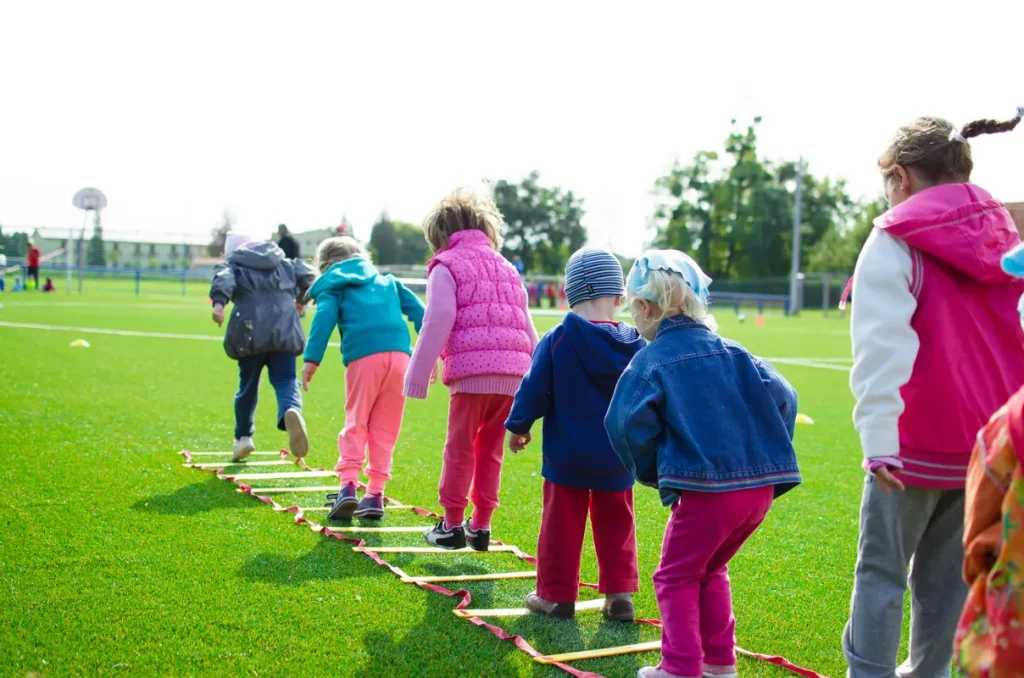

References to studies
Physical education, school physical activity, school sports and academic performance
The links between academic performance and participation in physical education, school physical activity, and sports programs were examined based on a systematic review of currently available literature, including a comprehensive search of MEDLINE (1966 to 2007), PSYCHINFO (1974 to 2007), SCHOLAR.GOOGLE .COM, and ERIC databases.
The results have been very favorable, as they conclude that an additional hour per day does not negatively affect students’ academic performance, although the time allocated to other subjects usually shows a corresponding reduction.
What this means is that adding time to “academic” or “curricular” subjects by taking time away from physical education programs does not improve grades in these subjects and can be detrimental to health.

